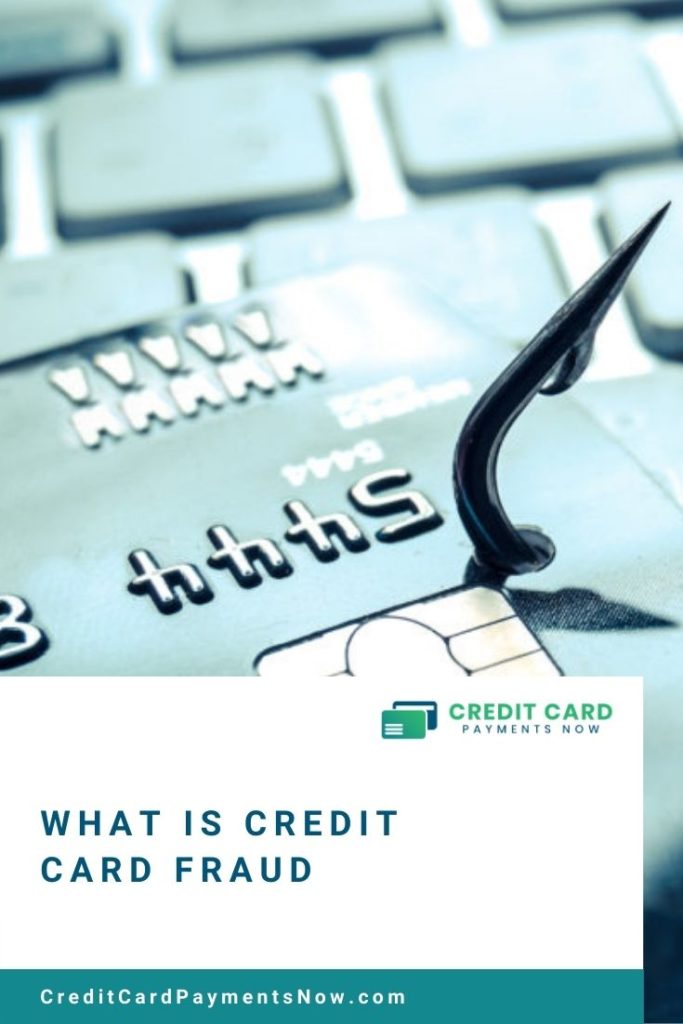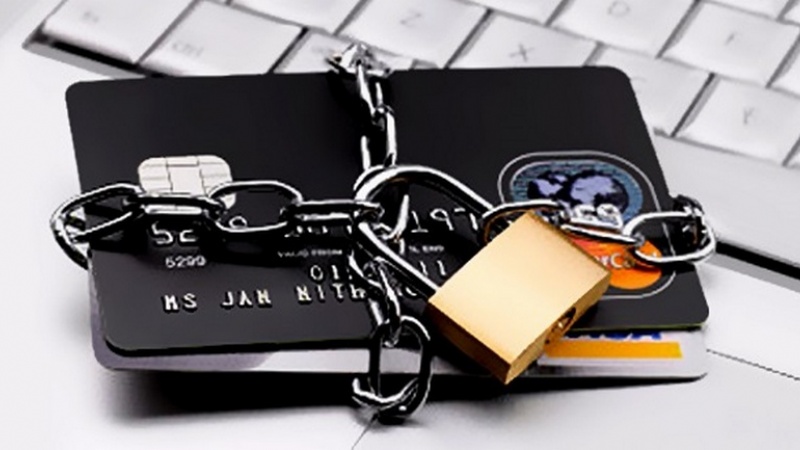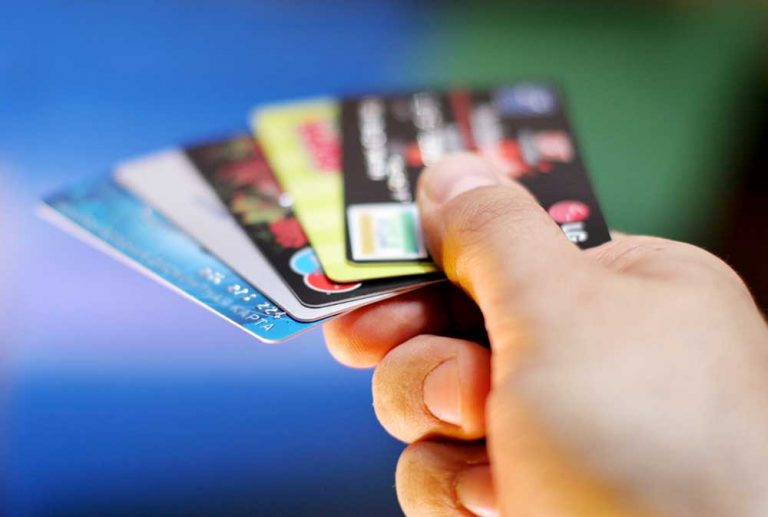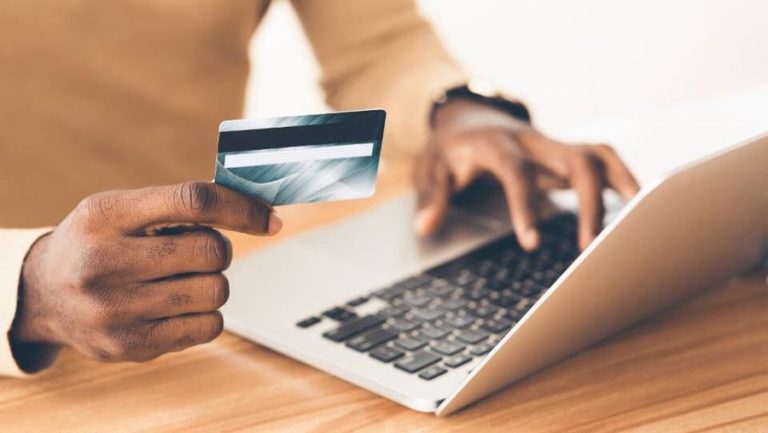It is a known fact that carrying out fraudulent acts by using credit cards is on the rise. This article makes you aware of what is credit card fraud and how to avoid it. Get valuable information regarding the below mentioned aspects:
- To what extent credit cards are risky?
- What are the general credit card fraud schemes?
- What are the tips for using credit cards safely?
Almost every credit card user has heard of fraud. Maybe you have even yourself worried about this common crime. Fraud involving credit cards usually involves someone using your credit card information without your knowledge or consent. Someone may use your card information to steal your identity and to set up new cards in your name. Someone may also place extra charges on your card without your knowledge. This does not mean that you need to give up the convenience of credit cards, though. You can still use credit cards with some safety, as long as you use your cards wisely.
How Much Of A Risk Are Credit Cards?
There is some controversy about how risky credit cards actually are. Many experts and credit card companies claim that credit cards are actually one of the safest ways to spend money because credit cards have many safety checks in place and because credit cards leave a paper trail of evidence for each purchase. Cash can easily be stolen and other forms of payment may not leave the receipts and paperwork that can help unhappy customers get their money back.
However, credit card statistics do show that credit cards are used regularly to perpetrate crimes such as fraud. In fact, each year many tens of millions of dollars are stolen via misused credit card information. If you have ever been the victim of fraud, you know the hassle and expense of filing a credit card fraud report and of reporting the crime. While credit card fraud certainly does not happen to every credit card customer, it is something that every credit card user needs to stay very aware of.
Common Credit Card Fraud Schemes
If you own a credit card, you will want to be aware of some of these common credit card schemes:
Phishing
Phishing (pronounced fishing) is a common online and offline scam. It often works via email. You may get an email that appears to come from your card company. The email may tell you there is a problem with your account and ask you to either send information or to click on a link to confirm your identity. There may not seem to be much harm in doing so, but these emails are really trying to get personal information from you.
When you click on the link, you may be taken to a website that installs spyware on your computer. When you reply to this email, your credit card information may be used to steal your identity. Phishing can also take place over the phone. You may get a call from someone claiming to be part of a retailer or part of your credit card company. Again, you may be given some story that compels you to give your credit card information to the caller.
The caller can then use this information to make charges to your card. The best way to stay safe from this scam is to never give your credit card information out over the phone or over the internet unless you know you are dealing with a reputable company. If your credit card company calls or emails you, call your company back yourself using the number on your credit card bill. Your card company will not mind and this simple step will help ensure that you are really contacting your card company – and not a criminal eager to steal your money.
Skimming
Skimming occurs when someone skims or scans your credit card with a small device. This lets the person gain your credit card information. The information is then sold, allowing criminals to charge your account without your notice. In most cases, skimming occurs when corrupt employees use a tiny skimming device to scan cards that customers are using to make a legitimate purchase.
The best way to prevent skimming is to make sure that you are aware of what is happening when you shop in a store. Stay alert when you hand your card to a cashier and watch to make sure that you can see the card at all times. Get your card back promptly and be sure to gather any receipts and carbon copies as well so that your credit card information cannot be used. When signing the credit card receipt at a store, you can also take care to make sure that the receipt is not blank.
If any blank spaces are left above the amount charged, strike the blank spaces through before signing. This is not being paranoid. This is simply about keeping your money safe. You can also keep yourself safe by keeping your card numbers safe at all times. Old cards should be cut up thoroughly and discarded right away and you should keep your credit card information stored well out of sight in your home.
Credit Card Identity theft
Identity theft is general term for a crime in which someone pretends to be you to make a transaction. For example, someone may steal your credit card information and claim to be you online in order to charge items to your card. More disturbingly, your card may be physically stolen (or even borrowed from someone you know) to make charges you do not authorize. To prevent identity theft, be very cautious about sharing your personal information.
Only give your personal details and charge numbers when you need to and keep your credit card numbers, receipts, and credit cards secure at all times. When you get offers in the mail for pre-approved credit cards, be sure to shred or rip up the junk mail before discarding.
Similarly, shred or discard any unwanted papers that have your personal information on them. It sounds extreme, but criminals have been known to go through the garbage in order to get just this type of information. These letters and this information can be used to open new accounts in your name.
Now that you know what is credit card fraud, let’s find out how to prevent credit card fraud and stay safe.





